A new BBC documentary ‘Murder in the Pacific’ recounts the 1985 bombing of Greenpeace’s ship, the Rainbow Warrior.
The show tells the story of ‘Operation Satanique’ – a plot by the French government to sink the Rainbow Warrior while it was docked in New Zealand.
Read on to learn more about the Rainbow Warrior and discover the rest of the story.
How did the Rainbow Warrior sink?
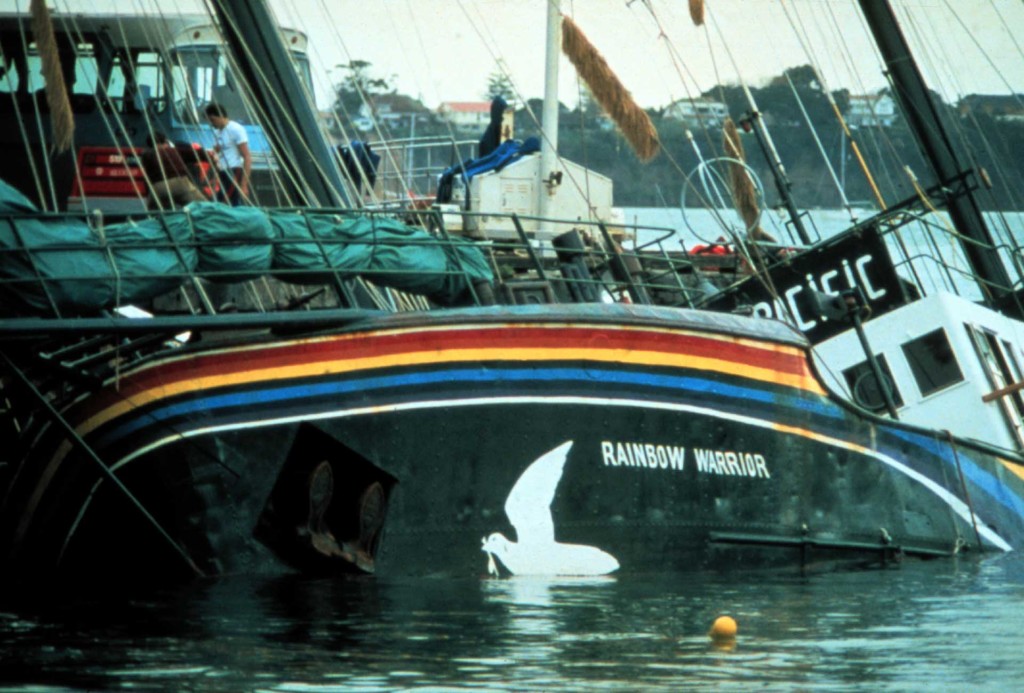
The French government sank the Rainbow Warrior on 10 July 1985, using underwater explosives. The Greenpeace ship was moored in Auckland, New Zealand, with plans to confront French nuclear testing in the Moruroa Atoll.
In an effort to sabotage the protest, French secret service agents attached two bombs to the side of the ship below the waterline.
The first bomb blew a large hole in the hull. After an initial evacuation, some of the crew returned to investigate and film the damage.
On-board photographer, Fernando Pereira, had returned below deck to grab his camera equipment when the second bomb detonated. The Rainbow Warrior sank four minutes later and Pereira drowned. The father of two had recently celebrated his 35th birthday.
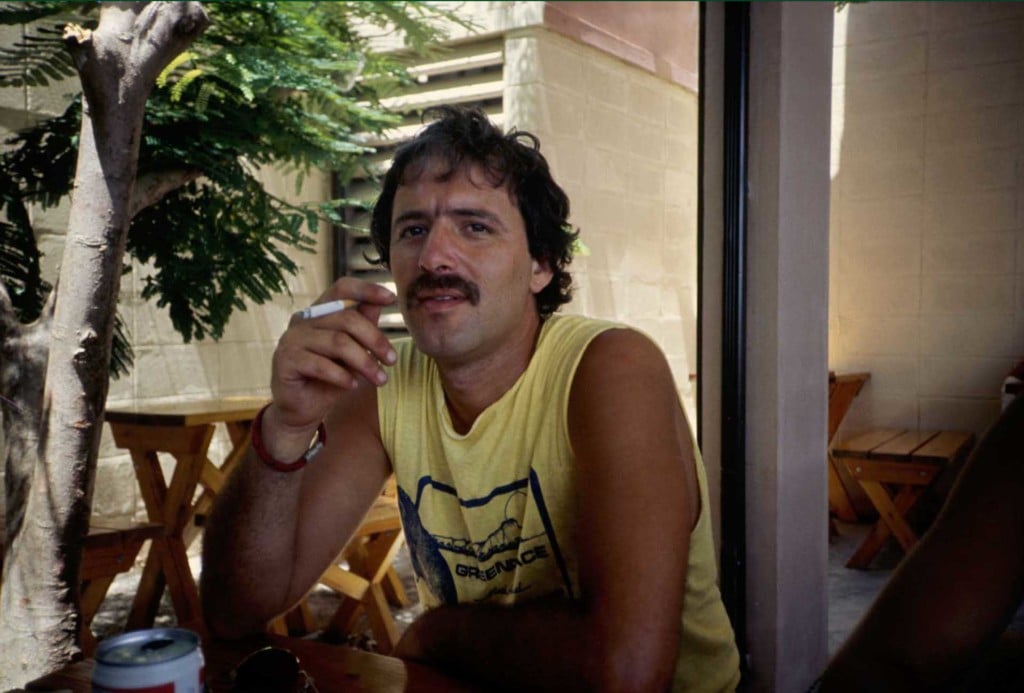
At first, the French government said they weren’t involved, but their denials quickly unravelled under scrutiny. Prime minister Laurent Fabius eventually admitted that the government had ordered secret service agents to carry out the operation.
Consequences of the Rainbow Warrior bombing
The sinking of the Rainbow Warrior caused widespread public outrage and failed to stop the protests at Moruroa Atoll. Greenpeace gained a huge amount of support in New Zealand and around the world following the bombing, and if anything, it had the opposite effect to what the French government wanted.
Fernando Pereira’s death made many protesters more determined to go and protest at Moruroa. Donations and offers of help continued to flood in. Greenpeace International was able to send its other large ship, The Greenpeace, to lead the protest at Moruroa Atoll.
In 1987, an international tribunal ordered France to pay Greenpeace US$8.1 million in damages for deliberately sinking the Rainbow Warrior.
Most of those involved in the bombing have simply disappeared, and only two agents ever stood trial. Dominique Prieur and Alain Mafart were sentenced to 10 and seven years at a military base in French Polynesia, but they were released in less than two years.
Where is the Rainbow Warrior now?
After the bombing, the Rainbow Warrior was placed on the seabed in nearby Matauri Bay, in the north of New Zealand. Over the years, it has become a haven for sea life and a popular destination for divers.
You can take an interactive tour of the wreck here.
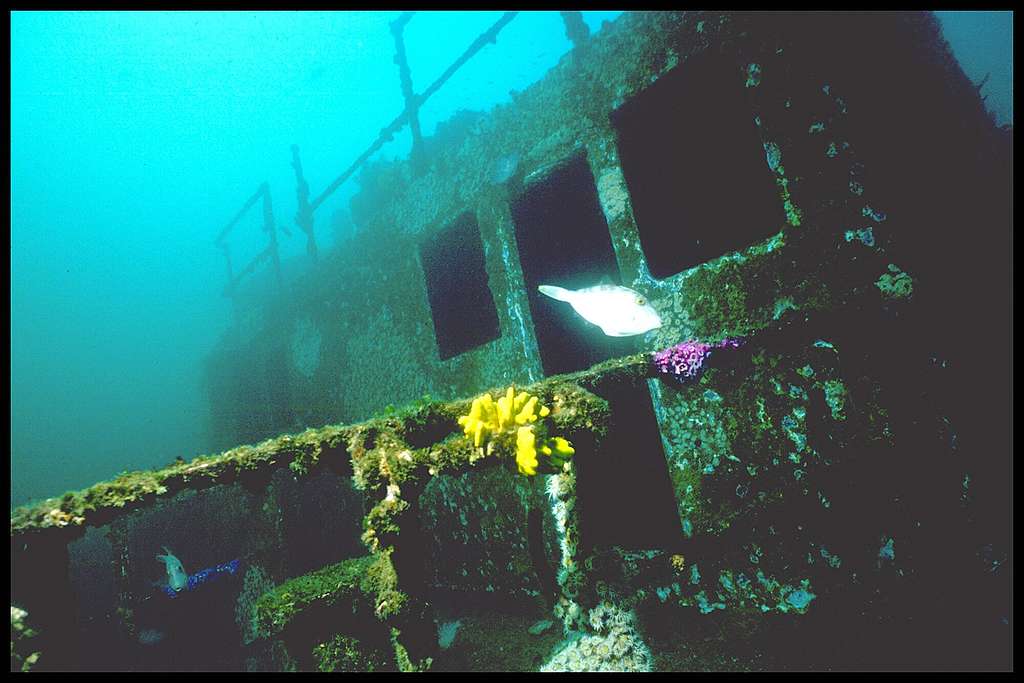
Greenpeace replaced the Rainbow Warrior with a new ship of the same name. Ironically, this was funded by the compensation payment from the French government. The second Rainbow Warrior put in 22 years of service on campaigns here in Aotearoa and around the world.
The third Rainbow Warrior took to the seas in 2011, and is still in action today. You can read more about the bombing of the Rainbow Warrior.
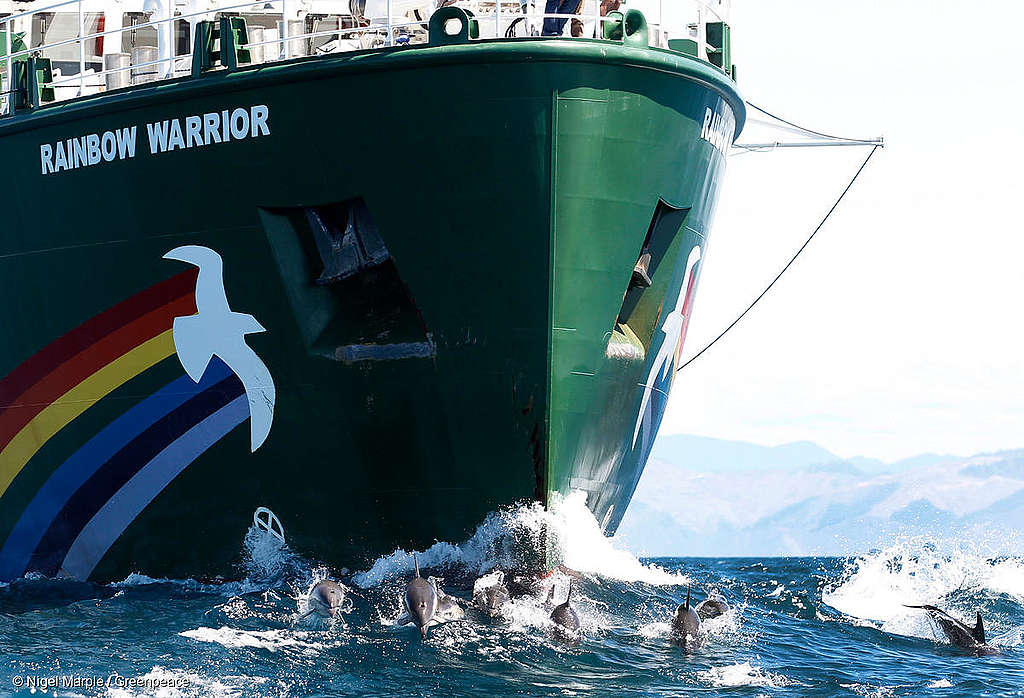
What is Greenpeace and the Rainbow Warrior doing now?
Of course, Greenpeace’s vital work continues, with millions of supporters and active campaigns in over 50 countries.
From the injustice of climate change to the horrors of industrial fishing, we confront the world’s worst polluters and help solve its biggest problems.
Here in Aotearoa, we are working to transform food production to shift away from the dominance of intensive meat and dairy, which is New Zealand’s worst polluter, to more plant-based organic regenerative farming. We work to protect the oceans from damaging fishing practices like bottom trawling and seabed mining both here and in the Pacific. And we work to eliminate plastic pollution by disrupting the culture of single-use throwaway packaging and shifting Aotearoa to systems of reuse and refill.
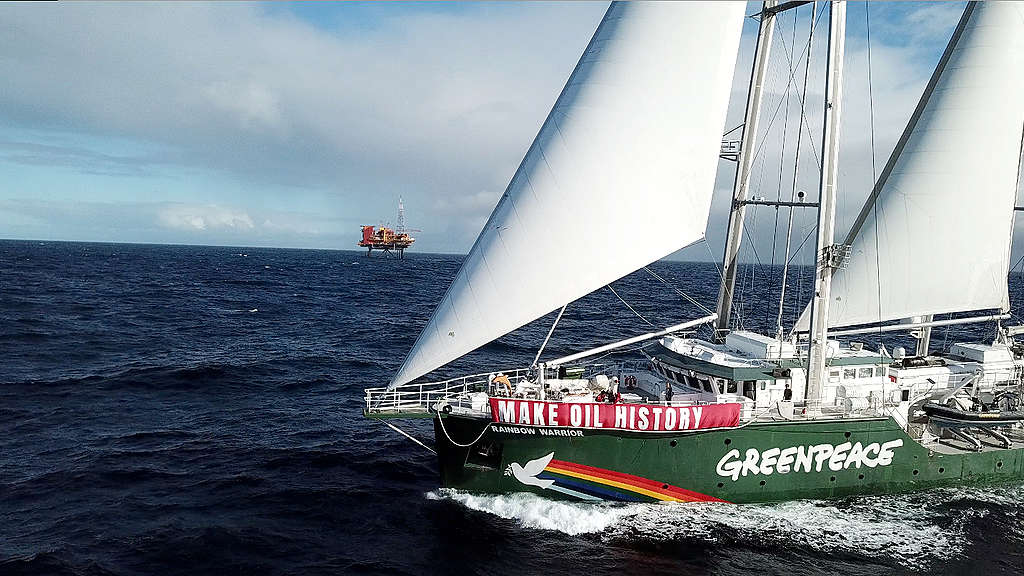
Here are a few ways Greenpeace has made a difference in Aotearoa recently.
Ending oil exploration
Following seven years of campaigning alongside hapū, iwi and other environmental groups, the Government announced the end of new offshore oil and gas exploration permits in New Zealand’s EEZ.
Eliminating single-use plastics
Together we won a ban on single-use plastic bags and then a comprehensive plan to phase out many single-use plastic products.
Protecting the oceans
After years of campaigning for cameras on boats, we celebrated the news that cameras would be installed on 300 commercial fishing vessels with cautious optimism, celebrating that the tide is finally turning towards ocean protection while continuing to call for cameras on the full commercial fleet.
Stopping seabed mining
in 2021, the Supreme Court unanimously dismissed the Trans Tasman Resources appeal of a 2018 High Court ruling which quashed the EPA’s decision in 2017 to give TTR resource consent to begin a giant seabed mining operation in the South Taranaki Bight. The decision effectively renders the project dead in the water. The ruling was a significant win for Greenpeace, iwi, hapū, local communities, environmental campaigners and for the ocean.
Then, in another huge win for people power and for ocean protection, Foreign Affairs Minister Hon Nanaia Mahuta announced that the New Zealand Government’s support for a global moratorium on deep sea mining after months of campaigning by Kiwis Against Seabed Mining, Greenpeace, ECO and many others.
Fighting for Peace
When Russia invaded Ukraine, Greenpeace mobilised all over the world to call for peace. Here in Aotearoa, we sailed in flotilla and called for the Government to Freeze Oligarch Assets to put pressure on Putin’s regime. Although they stopped short of freezing his assets, the New Zealand Government has agreed to sanction billionaire oligarch Alexander Abramov.
You can read more in our timeline of wins and milestones.
Greenpeace is people like you
Greenpeace exists because this fragile earth deserves a voice. It needs solutions, it needs change, and it needs action.
Greenpeace is people, people like you. Winning on environmental issues means thousands of us taking the courage to act. After 50 years of putting hope into action, we have shown time after time that when we stand together, we can win.
Greenpeace takes no money from corporations or governments. Our independence and ability to speak and act freely is our greatest strength. We depend on the generosity of people like you who fund our work with monthly donations.
Please consider chipping in now to keep us in action!
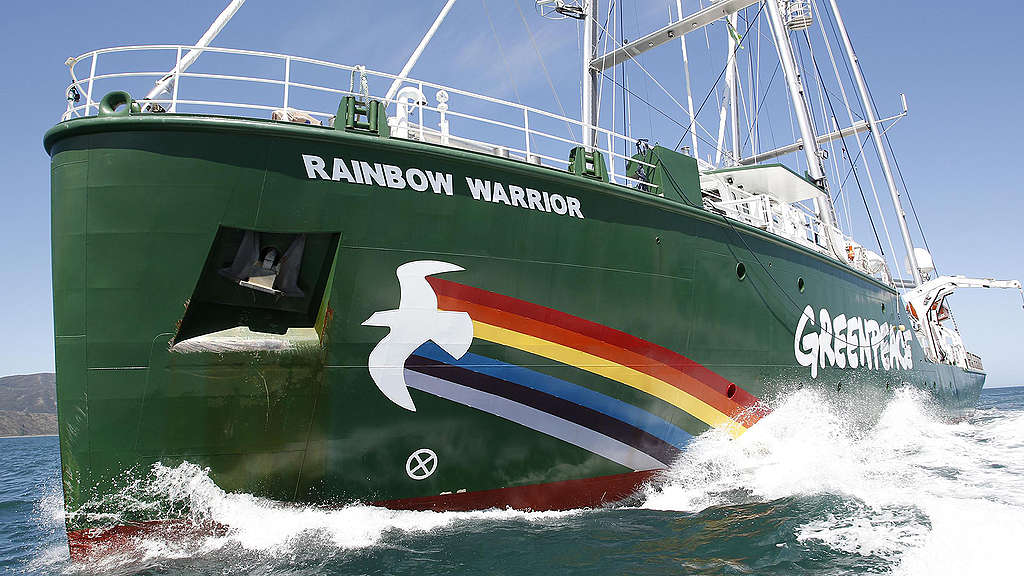
Take action for environmental protection. Please make a donation today. Greenpeace exists because this fragile earth deserves a voice. It needs solutions. It needs change. It needs action.
Donate


